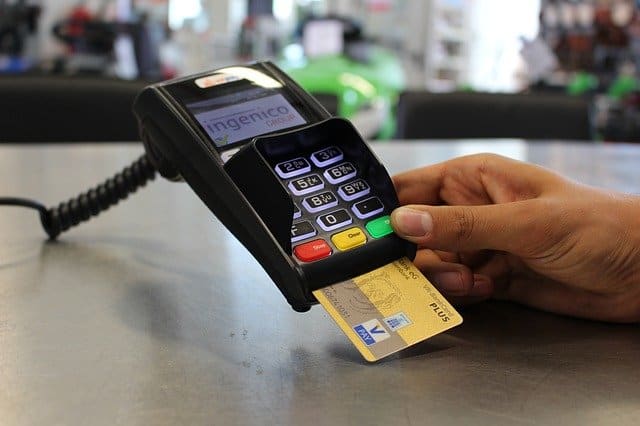One of the most challenging and confusing tasks an investor has ever needs to perform is determining a perfect starting or entering point. He can detect a new trend only when the movement has already gotten a shape. Picking a suitable trade which meets your requirements is another challenging task to undertake. In the Forex market, one can approach trading with more than one timeframe, and different kinds of trends are suitable for different timeframe traders.
Detecting a Perfect Entry
According to newcomers and even professionals, finding a perfect entry point is the hardest thing to do. It may take hours of research and analysis of the market. Though, it may even take only asingle moment to notice one. It depends on many factors and sometimes a trader’s luck.
Here, we have decided to enlighten our readers about some useful measures they can use to identify a favorable and timely market entry point.
-
Moving Averages
Arguably the most common and the most deployed instrument by the investors, and they come as an integral system of every charting and trading platform. However, before using them, a trader needs to introduce themselves with the right practices and recommendation using moving averages. Many professionals in the Mena region use moving averages to identify the dynamic support and resistance level in the CFD market. Try to learn about the moving cross as it will allow you to execute trades at a perfect point.
Most often, when the price appears to cross a moving average and set course above it, it more likely signals a trader of an uptrend. The opposite scenario is valid in a time when the price goes down and crosses the moving averages from underneath. This type of movement is a strong signal of a downtrend.
The most typical and effective way is to amalgamate two types of moving averages. By doing so, investors and analysts will have a fairer idea of the market condition. Whenever the fast average crosses the slower average, it will be a clear indication of a rising trend.
-
Support-Resistance Level
Support level and resistance level is another absolute way to determine a suitable entry of a contract. Both levels exploit the mechanics that work out a trend.
When the price makes many higher-highs and many higher-lows, it is a clear indication of an uptrend. When a higher low gets intersected, and the price closes underneath it, it tells us that the bullish movement has reached its end, and the reverse may about to start.
Conversely, when the price makes many lower-highs and many lower-lows, it clearly signals a bearish or downtrend. In this case, when the lower high is interested, and the price closes over it, it just shouts about an imminent uptrend and the termination of the downtrend.
The primary problem with using support-and-resistance levels is that they take a bigger and wider depiction of the market’s movement changes. Lower timeframe traders cannot always wait for these signals.
-
Trendline Breakout
Trendlines have achieved quite a popularity as a measure to debunk the market movement. Particularly the trendline breakouts are the most helpful in such terms.
When a trader draws a downward trend line in a bearish move and sees that the price breaks the line and likely to close above it, this may signal a potential reverse. The reverse of a downtrend is obviously an uptrend.
Similarly, if a trader depicts a rising line in a bullish move and sees that the price breaks and closes underneath it, it is obviously a credible indication of an ending uptrend. A trader should sell his held currencies as the downtrend is more likely to form.
Amongst all the instruments that come in handy and have earned traders’ trust by digging out the perfect trading entry points, these three are the most reliable ones. Learning about them is an obligatory part of your Forex education, and traders should put their best efforts into gathering knowledge about them.




